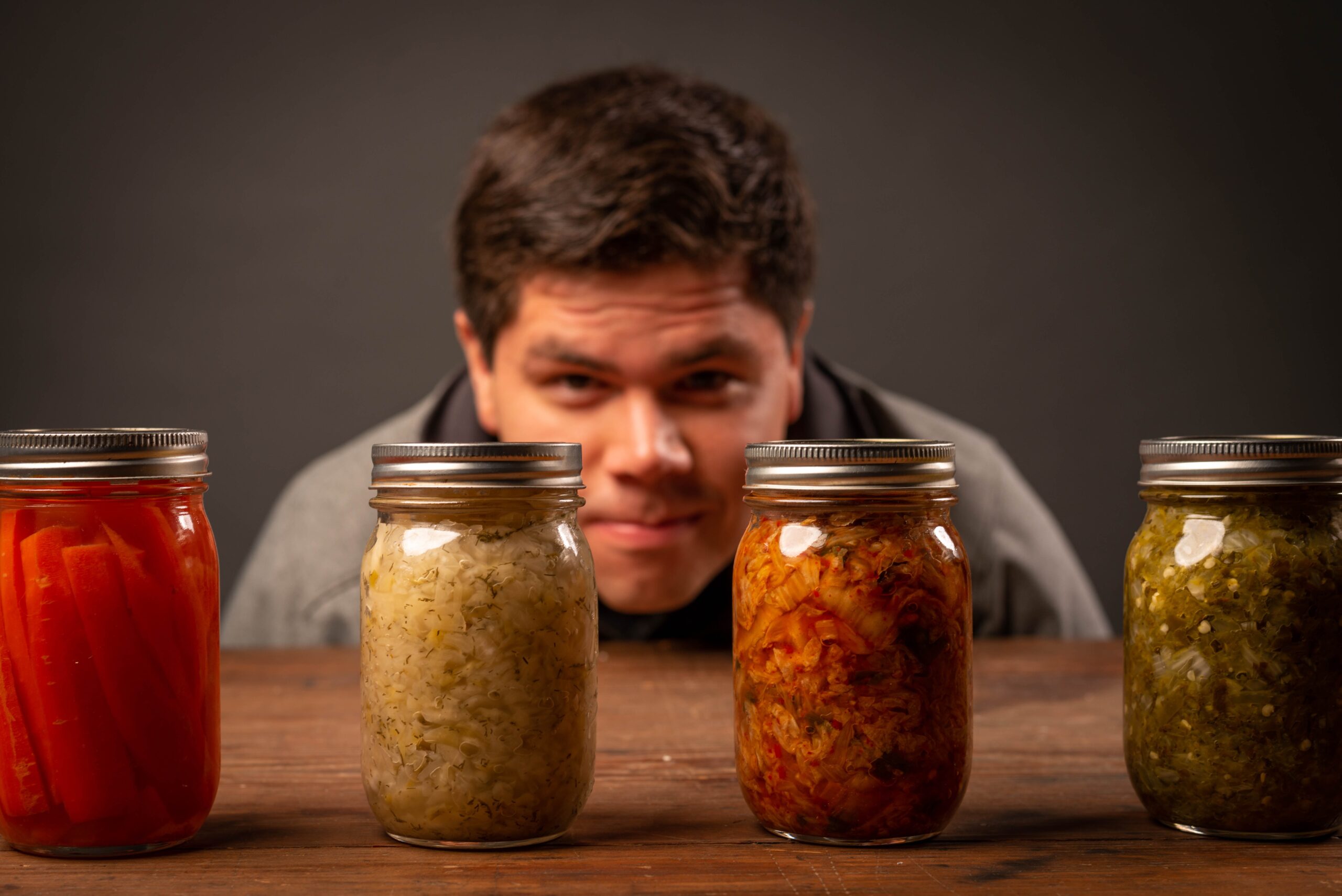If you’ve ever wondered about the safety of pressure canning certain foods, you’re not alone. In this article, we will explore the topic of foods that should not be pressure canned. From the importance of acidity levels to the risks involved with low-acid foods, we’ll provide you with valuable insights to help you make informed decisions when it comes to preserving your favorite foods. So, let’s dive into the world of pressure canning and discover the do’s and don’ts of this popular food preservation method.
Types of Foods Not Suitable for Pressure Canning
Low-acid Foods
Low-acid foods, such as most vegetables and meats, are not suitable for pressure canning without proper modifications. The high pH level in low-acid foods poses a risk for the growth of the bacteria that causes botulism. To safely can low-acid foods, you will need to use a pressure canner and follow specific guidelines to ensure adequate processing time and heat penetration.
Dairy Products
Dairy products, including milk, cream, and cheese, are not suitable for pressure canning. The high heat and pressure involved in the canning process can cause dairy products to curdle, change in texture, and result in an unsafe product. If you wish to preserve dairy, alternative methods such as freezing or drying are recommended.
Fried and Breaded Foods
Fried and breaded foods are not suitable for pressure canning due to their high fat content and crispy texture. The canning process can result in soggy and unappetizing texture, and can also pose a safety risk. Instead, it is best to enjoy these types of foods fresh or consider freezing as an alternative preservation method.
Thickened Soups and Sauces
Thickened soups and sauces, such as those thickened with flour or cornstarch, are not suitable for pressure canning. The thickening agents can interfere with heat penetration and result in an unpredictable canning process. If you wish to can soups and sauces, it is recommended to can them without thickeners, and then add the thickening agents when you are ready to serve.
Foods with High Fat Content
Foods with a high fat content, such as fatty meats, oily fish, and greasy foods, are not suitable for pressure canning. The high fat content can interfere with heat penetration and result in an unsafe product. It is best to enjoy these types of foods fresh or consider alternative methods of preservation, such as freezing.
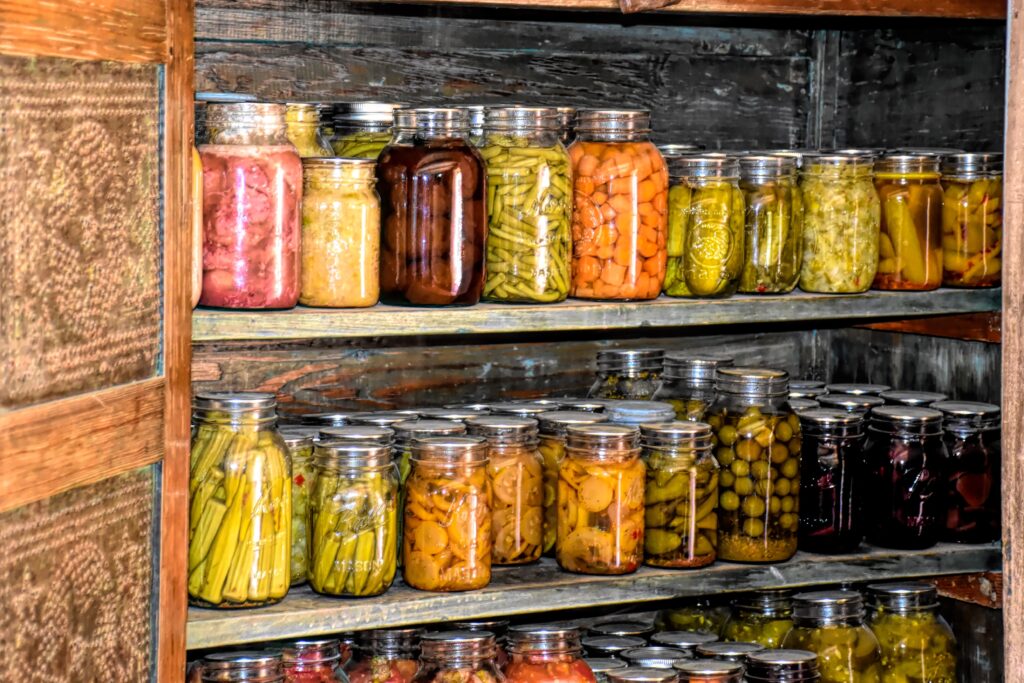
Exceptions: Foods that can be Pressure Canned with Modifications
Tomatoes
Tomatoes, although they are low-acid foods, can be safely pressure canned with the addition of acid. This can be achieved by adding lemon juice or citric acid to the jars before processing. By increasing the acidity, you create an environment that inhibits the growth of harmful bacteria. Ensure that you follow approved recipes and guidelines for canning tomatoes to ensure their safety and quality.
Fruits
Most fruits, especially high-acid fruits like apples, berries, and citrus fruits, are suitable for pressure canning. The high acidity in these fruits helps prevent the growth of bacteria and ensures their safety. However, it is important to follow approved recipes and guidelines to ensure the proper processing time and adequate heat penetration.
Vegetables and Meat Soups
While most vegetables and meat soups are considered low-acid foods, they can be pressure canned if the pH level is increased. This can be done by adding acids such as lemon juice or vinegar to the jars before processing. By elevating the acidity, you create a safe environment for canning these foods. It is essential to follow approved recipes and guidelines to ensure the safety of your canned products.
Meats
With the proper modifications, meats can also be safely pressure canned. It is important to ensure that the meats are cut into small, uniform pieces to ensure thorough heat penetration during the canning process. Following approved recipes and guidelines is crucial to ensure a safe and high-quality end product.
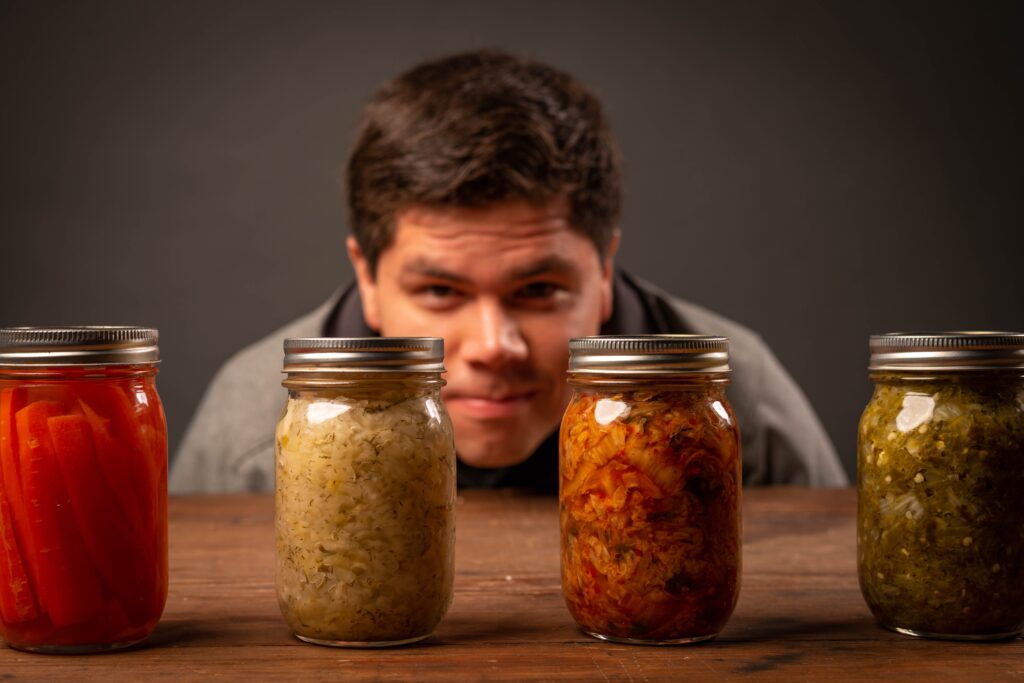
Risks and Safety Concerns associated with Pressure Canning
Botulism
One of the main risks associated with pressure canning is the potential growth of the bacteria that causes botulism. This bacteria thrives in low-acid, anaerobic environments, such as improperly canned low-acid foods. To prevent the growth of botulism, it is important to follow proper canning procedures, use adequate heat and processing times, and ensure the acidity levels are appropriate for the food being canned.
Inefficient Heat Penetration
Inefficient heat penetration is another safety concern when pressure canning. It is essential that the heat penetrates all parts of the food being canned to destroy any harmful bacteria. To ensure proper heat penetration, it is important to cut foods into uniform sizes, follow approved recipes and guidelines, and use a reliable pressure canner.
Over-processing
Over-processing foods can lead to a loss of nutrients, quality, and safety. Foods that are over-processed may become mushy, lose their flavor, and even develop off flavors. It is important to follow the recommended processing times and guidelines for each specific food item to avoid over-processing.
Loss of Nutrients and Quality
Pressure canning can result in a loss of nutrients and quality in some foods. High heat and processing times can cause certain vitamins and minerals to break down, resulting in reduced nutritional value. Additionally, some foods may change in texture and flavor when pressure canned. It is important to consider the trade-off between convenience and the potential loss of nutrients and quality when deciding to pressure can specific foods.
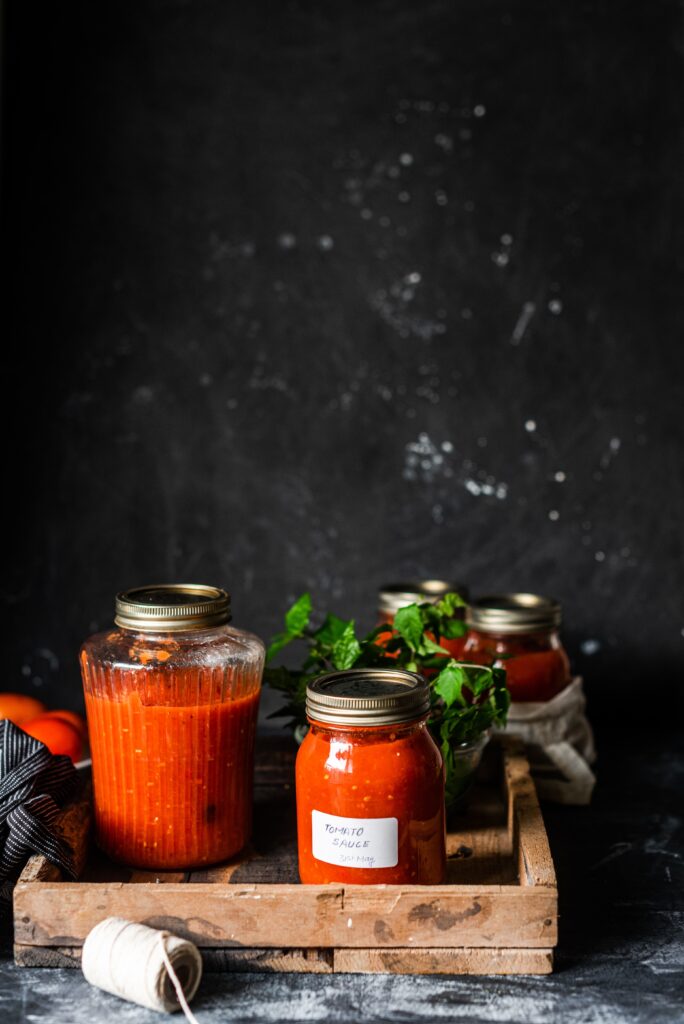
Alternatives to Pressure Canning for Certain Foods
Water Bath Canning
Water bath canning is a method that utilizes boiling water to seal jars and preserve high-acid foods. This method is suitable for fruits, pickles, jams, and other high-acid foods. By following approved recipes and guidelines, water bath canning can provide a safe and effective alternative to pressure canning for certain foods.
Freezing
Freezing is a popular alternative to pressure canning for preserving a wide variety of foods. It is particularly suitable for fruits, vegetables, meats, and soups. Freezing helps retain the texture, flavor, and nutritional value of the foods being preserved. However, it is important to properly package and label the frozen foods to maintain their quality.
Drying
Drying, or dehydrating, is another preservation method that can be used for certain foods. It involves removing the moisture from the food, which inhibits the growth of bacteria and molds. Dried foods have a long shelf life and are lightweight, making them ideal for backpacking and camping trips. Fruits, vegetables, herbs, and jerky are commonly dried foods.
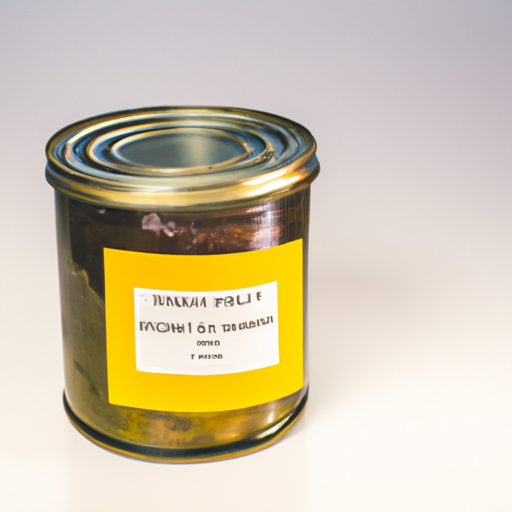
General Guidelines for Safe Pressure Canning
Use Proper Equipment
To ensure safe pressure canning, it is important to use a reliable and properly functioning pressure canner. Check the canner’s gauge and safety features before each use to ensure they are working correctly. Follow the manufacturer’s instructions for your specific model to ensure proper usage and maintenance.
Follow Approved Recipes
It is crucial to follow approved recipes and guidelines specifically developed for pressure canning. These recipes have been tested to ensure the safety and quality of the end product. Do not modify the ingredients or processing times unless it is recommended in a reputable recipe.
Ensure Adequate Processing Time
Proper processing time is essential for ensuring that the canned food reaches a temperature that destroys harmful bacteria. Under-processing can result in the survival of bacteria, while over-processing can result in a loss of quality. Follow the recommended processing times for each food item to ensure safety and optimal taste.
Follow Altitude Adjustments
Altitude can affect the boiling point of water and the processing times required for safe pressure canning. It is necessary to make altitude adjustments to ensure that the canned food is processed at the correct temperature. Consult reputable resources or the USDA Complete Guide to Home Canning for altitude adjustment guidelines specific to your location.
Properly Store Canned Foods
After pressure canning, it is important to store the canned foods in a cool, dry, and dark place. Inspect the jars for any signs of spoilage, such as leakage, bulging, or an off odor. Properly labeled and stored canned foods can typically be stored for up to one year, although it is recommended to consume them within the first year for optimal quality.
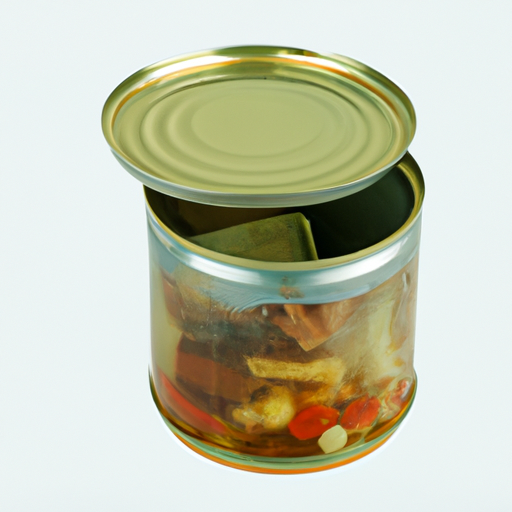
Conclusion
Understanding the limitations of pressure canning is essential for ensuring the safety and quality of your canned foods. Certain types of foods, such as low-acid foods, dairy products, fried and breaded foods, and those with a high fat content, are not suitable for pressure canning. However, with proper modifications, foods such as tomatoes, fruits, vegetables, meat soups, and meats can be safely pressure canned. It is important to prioritize safety by following general guidelines, such as using proper equipment, following approved recipes, ensuring adequate processing time, making altitude adjustments, and properly storing canned foods. By prioritizing safety and following recommended methods, you can confidently enjoy home-canned foods with peace of mind.
